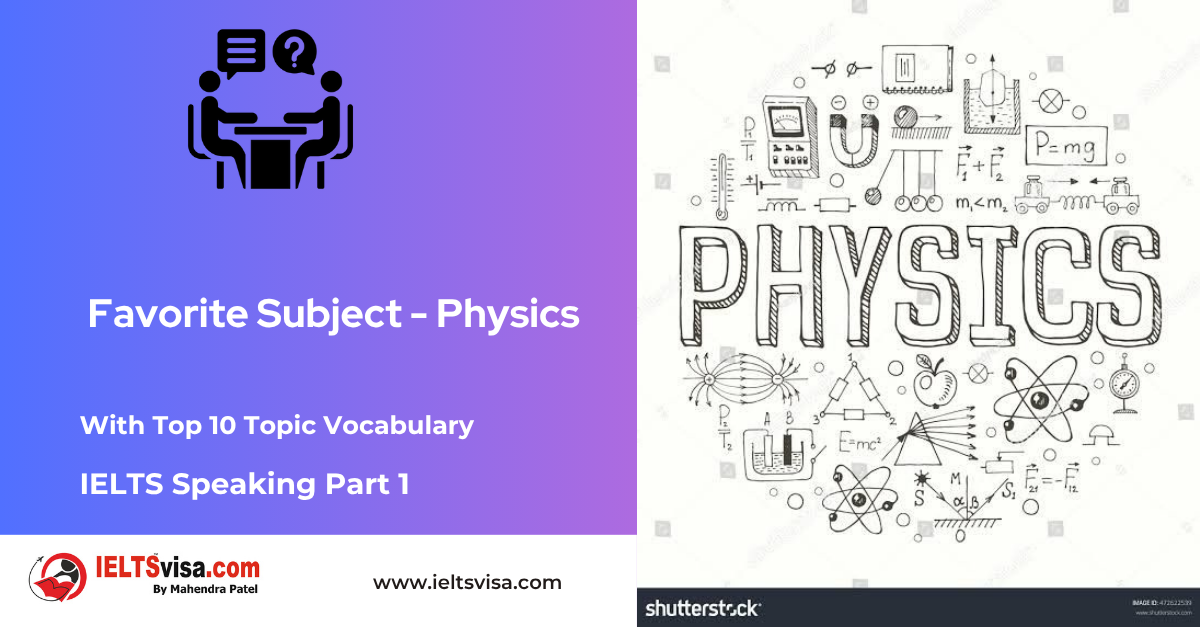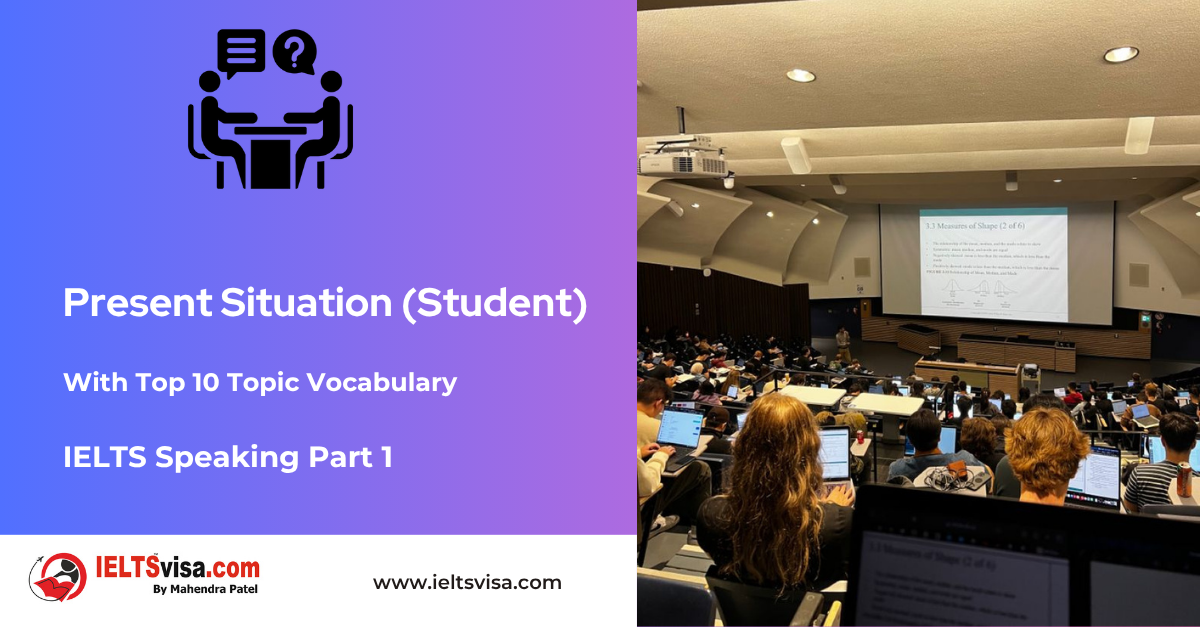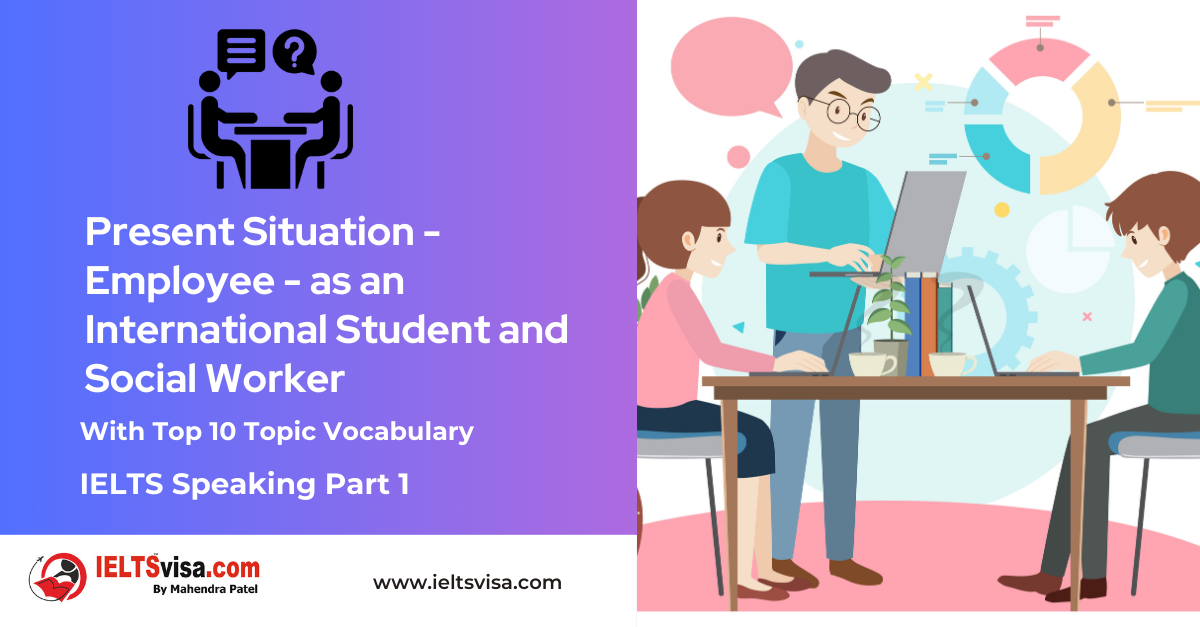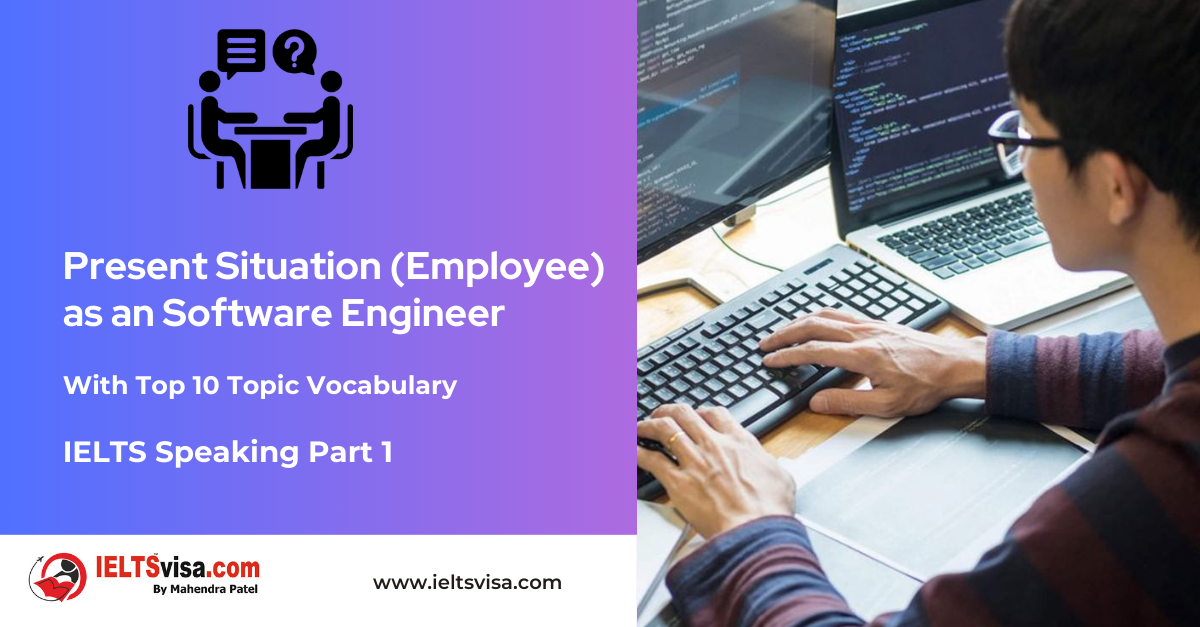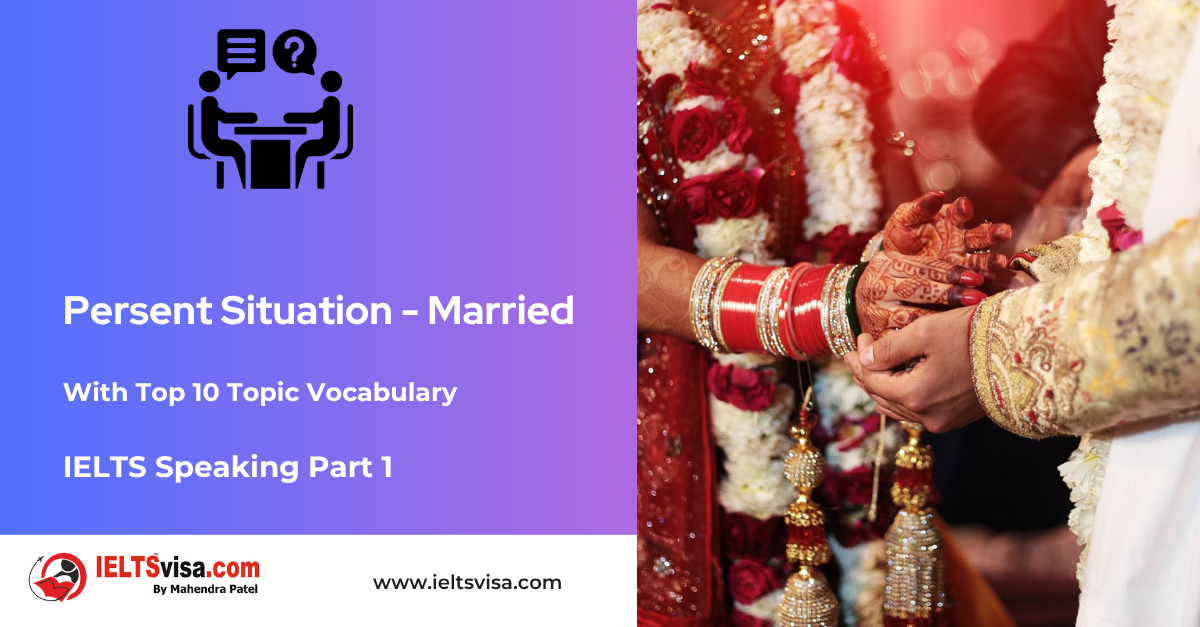Singular vs. Plural Nouns
Grammar for IELTS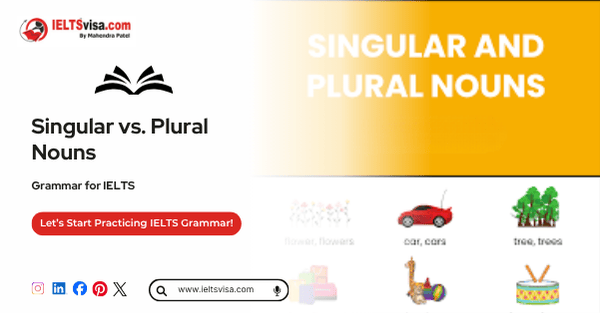
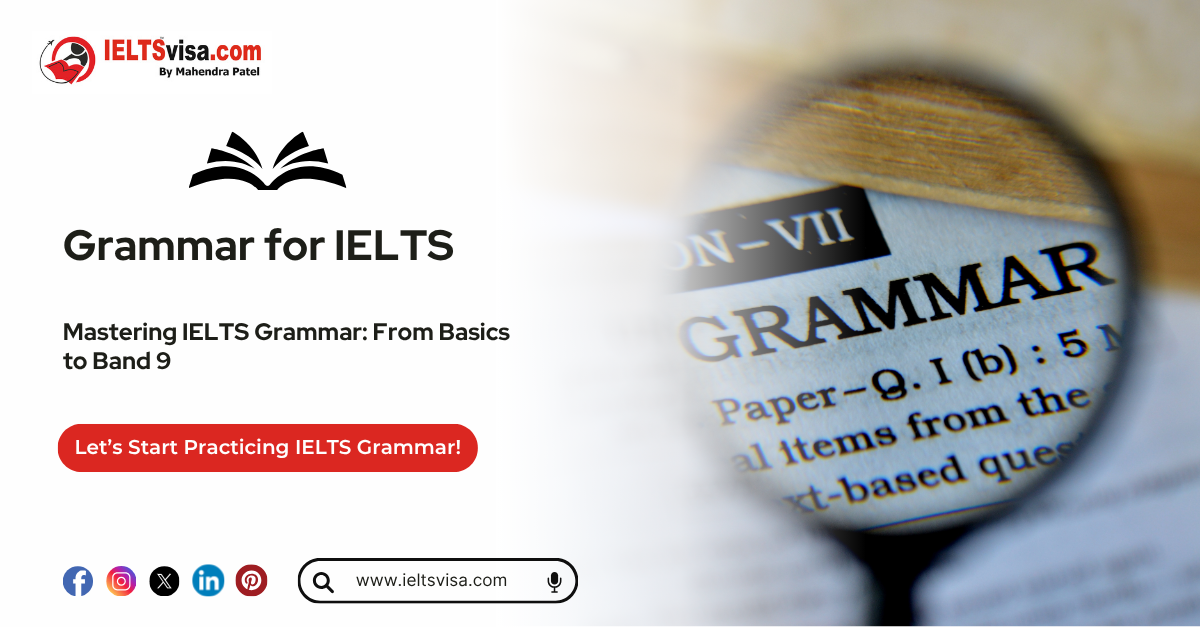
Singular vs. Plural Nouns: Definition, Usage, and Examples
Nouns are an integral part of English grammar and are used to name people, places, things, or ideas. While learning English, understanding the difference between singular and plural nouns is crucial, as it enables the construction of grammatically correct sentences. Let us explore what singular and plural nouns are, how they function, and the rules for using them, with plenty of examples to make it easier for beginners and young learners.
What Are Singular and Plural Nouns?
Singular Nouns
A singular noun refers to one single person, place, thing, or idea.
-
- Example:
- A book (one book)
- A dog (one dog)
- Example:
Plural Nouns
A plural noun, on the other hand, refers to more than one person, place, thing, or idea.
-
- Example:
- Three books (more than one book)
- Five dogs (more than one dog)
- Example:
Singular Nouns vs. Plural Nouns
The key distinction between singular and plural nouns is the quantity they represent:
-
- Singular nouns refer to one entity.
-
- Example: one apple, a car
-
- Plural nouns represent two or more entities.
-
- Example: many apples, several cars
-
- Singular nouns refer to one entity.
You can usually identify plural nouns by their endings, which often include –s or –es. However, there are exceptions, such as irregular plural nouns.
How to Form Plural Nouns
Forming plural nouns depends on the spelling of the singular noun. Let us break it down into simple rules:
1. Add –s to Most Regular Nouns
For most nouns, making them plural is as simple as adding –s to the end.
-
- Examples:
- Cat → Cats
- Table → Tables
- Examples:
2. Add –es for Nouns Ending in –s, –ss, –sh, –ch, –x, or –z
If a noun ends in one of these letters, you add –es to make it plural.
-
- Examples:
- Bus → Buses
- Box → Boxes
- Church → Churches
- Examples:
3. Change –y to –ies for Nouns Ending in a Consonant + y
For nouns ending with a consonant followed by –y, change the –y to –ies.
-
- Examples:
- City → Cities
- Puppy → Puppies
- Examples:
4. Add –s for Nouns Ending in a Vowel + y
For nouns ending with a vowel followed by –y, simply add –s.
-
- Examples:
- Toy → Toys
- Key → Keys
- Examples:
5. Add –es to Nouns Ending in –o
For many nouns ending in –o, add –es.
-
- Examples:
- Tomato → Tomatoes
- Hero → Heroes
- Examples:
However, there are exceptions where only –s is added:
-
-
- Photo → Photos
- Piano → Pianos
-
6. Replace –f or –fe with –ves
For some nouns ending in –f or –fe, replace the ending with –ves.
-
- Examples:
- Wolf → Wolves
- Knife → Knives
- Examples:
7. Irregular Plural Nouns
Some nouns have irregular plural forms that do not follow standard rules.
-
- Examples:
- Man → Men
- Child → Children
- Tooth → Teeth
- Mouse → Mice
- Examples:
8. Nouns That Do not Change
Some nouns remain the same in both singular and plural forms.
-
- Examples:
- Sheep → Sheep
- Deer → Deer
- Fish → Fish
- Examples:
Usage of Singular and Plural Nouns in Sentences
It’s important to match nouns with the correct verb form in sentences. Here’s how singular and plural nouns work:
Singular Nouns
-
- Sentence: The dog is playing in the garden.
(Dog is singular, so the verb is singular: is playing.)
- Sentence: The dog is playing in the garden.
Plural Nouns
-
- Sentence: The dogs are playing in the garden.
(Dogs is plural, so the verb is plural: are playing.)
- Sentence: The dogs are playing in the garden.
Examples of Singular and Plural Nouns
Here are some examples to help you understand the difference:
|
Singular Noun |
Plural Noun |
|
Book |
Books |
|
Car |
Cars |
|
Baby |
Babies |
|
Leaf |
Leaves |
|
Person |
People |
Common Mistakes to Avoid
1. Confusing Plural and Possessive Forms
-
-
- Incorrect: The dogs’s toys.
- Correct: The dogs’ toys.
-
2. Using Singular Verbs with Plural Nouns
-
-
- Incorrect: The cat is sleeping.
- Correct: The cats are sleeping.
-
3. Forgetting Irregular Forms
-
-
- Incorrect: The mouses are small.
- Correct: The mice are small.
-
Test Your Understanding
Try converting these singular nouns into their plural forms:
1. Child
2. Tooth
3. Bus
4. Lady
5. Hero
Frequently Asked Questions (FAQs)
Q1. What is a singular noun?
A singular noun represents one person, place, thing, or idea. Example: apple, book, child.
Q2. What is a plural noun?
A plural noun refers to two or more people, places, things, or ideas. Example: apples, books, children.
Q3. How do you form plural nouns?
You typically add –s or –es to the singular form. For example:
-
- Car → Cars
- Bus → Buses
Q4. What are irregular plural nouns?
Irregular plural nouns don’t follow standard rules for pluralization. Examples:
-
- Man → Men
- Tooth → Teeth
Q5. Are there nouns that don’t change in plural form?
Yes, some nouns remain the same in both singular and plural forms. Examples:
-
- Deer → Deer
- Sheep → Sheep

Our Books
Master IELTS Speaking Part 1
IELTS Writing Task 1 Book
IELTS Writing Task 2 Book
Practice IELTS Other Modules
IELTS Listening
The IELTS Listening test assesses how well you can understand spoken English in various contexts. It lasts about 30 minutes and is divided into four sections with a total of 40 questions. The listening tasks become increasingly difficult as the test progresses.
IELTS Academic Reading
The IELTS Academic Reading section assesses your ability to understand and interpret a variety of texts in academic settings. It is designed to evaluate a range of reading skills, including skimming for gist, reading for main ideas, reading for detail, understanding inferences, and recognizing a writer's opinions and arguments.
IELTS Speaking
The IELTS Speaking test assesses your ability to communicate in English on everyday topics. It lasts 11-14 minutes and consists of three parts: introduction, cue card, and a discussion based on the cue card topic.
IELTS General Reading
IELTS General Reading tests your ability to understand and interpret various types of texts. Here are some key areas and types of content you can expect to encounter in the reading section, along with tips for effective preparation.
IELTS Academic Writing Task 1
In IELTS Academic Writing Task 1, you are presented with a visual representation of information, such as graphs, charts, tables, or diagrams, and you are required to summarize, compare, or explain the data in your own words.
IELTS General Writing Task 1
In IELTS General Writing Task 1, you are required to write a letter based on a given situation. The letter can be formal, semi-formal, or informal, depending on the prompt. Here’s a breakdown of the key components to include in your letter
IELTS Academic Writing Task 2
In IELTS Academic Writing Task 2, you are required to write an essay in response to a question or topic. Here’s a guide to help you understand the essential elements of this task
IELTS Exam Tips
To succeed in the IELTS exam, practice regularly, familiarize yourself with the test format, improve your vocabulary, develop time management skills, and take mock tests to build confidence.
Grammer for IELTS
Grammar is the foundation of effective communication in English. Understanding tense usage, subject-verb agreement, and sentence structure enhances clarity and coherence in writing and speaking.
Vocabulary for IELTS
Vocabulary plays a crucial role in the IELTS (International English Language Testing System) exam, especially in the Speaking and Writing sections. Here’s an overview of why vocabulary is important and how it impacts your performance
RECENT IELTS SAMPLES QUESTIONS AND ANSWERS
IELTS Speaking Part 1 – Favourite Sujbect – Physics
IELTS Speaking Part 1 - Favourite Sujbect - Physics Q: What is your favourite subject? A: My favourite subject...
IELTS Speaking Part 1 – Present Situation (Student)
IELTS Speaking Part 1 - Present Situation (Student) Q1: Are you a student or do you work?A: I’m a full-time...
IELTS Speaking Part 1 – Present Situation – Employee – as an International Student and Social Worker
IELTS Speaking Part 1 - Present Situation - Employee - as an International Student and Social Worker Q1: Are...
IELTS Speaking Part 1 – Persent Situation – Employee- as an Electric Engineer
IELTS Speaking Part 1 - Persent Situation - Employee- as an Electric Engineer Q1: What do you do for a...
IELTS Speaking Part 1 – Persent Situation – Employee – as an Software Engineer
IELTS Speaking Part 1 - Persent Situation - Employee - as an Software Engineer Q1: What do you do for a...
IELTS Speaking Part 1 – Persent Situation – Married
IELTS Speaking Part 1 - Persent Situation - Married Q1: Are you married?A: Yes, I am married. My spouse and I...

